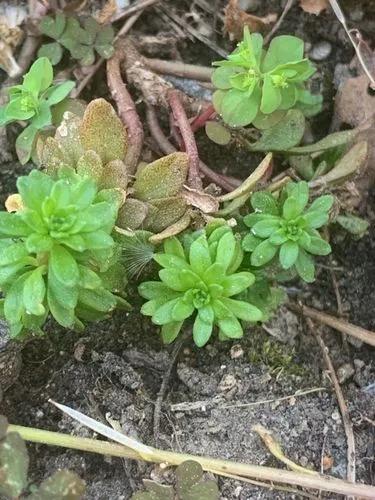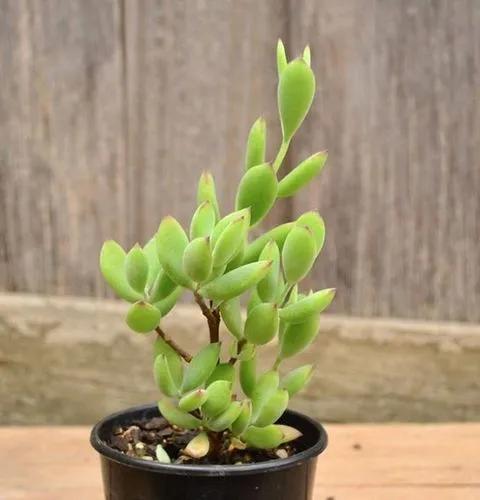Huernia zebrina might seem to be a plant that is hard to care for because it blooms with such an exotic flower that anyone would imagine it takes magic to make it thrive, but it is really low maintenance if you follow some simple rules. It is a succulent plant, so it will be a really special addition to your succulent collection. Its alien-like flower will make the Lifesaver Plant stand out as an ornament more than a plant and will fit any retro setting in your house.
Lifesaver Plant Care
Huernia zebrina



This succulent plant is original to South Africa, where it grows in a very dry environment, so you will want to imitate this setting when getting a Lifesaver Plant of your own. Its stripped white-burgundy flower blooms in springtime and has a really curious shape, with thin teeth on the edges, but it is known to have quite an odd smell, so be careful with where you decide to keep it — its main identification features. This smell also gave the plant a new nickname, Carrion Flower, along with Lifebuoy Huernia, Little Owl Eyes, Owl Eyes, and Zebra-Striped Huernia. Its spiky evergreen foliage easily spreads if given enough space, and, depending on the amount of light it receives, it also gets some purple coloration.
How to Care for the Plant

Water

The easiest way to kill this plant is by overwatering, so be mindful of your watering habits. It prefers to stay in dry soil, so water only when the top of the soil is visibly dry during the growth period, from April to mid-summer, then only water once a month during the cold season when the plant goes dormant. Remember to throw away the water that accumulates in the saucer after watering; otherwise, the plant might develop root rot.

Pruning

There is no need to prune the Lifesaver Plant; however, you can cut the flowers after blooming when they start to fade away, so the plant repurposes its nutrients to aid its growth.

Fertilizer

Add a mild cactus fertilizer to the water during the growth period. Alternatively, you can add a slow-release fertilizer to the soil of your Huernia zebrina, so you support the new blooms.

Sunlight

Although this succulent is resistant to most pests, mealybugs and spider mites might occasionally appear. Either add a mild insecticide or neem oil to it, and the plant should be pest-free and unaffected.

Soil

An acidic cactus mix should be enough to imitate its native conditions, but you can also mix your own soil. Add two parts of normal potting soil and two parts of coarse soil, then supplement the mix with peat moss and perlite, so the soil does not retain water and it’s draining properly.

Propagation

Propagate the Huernia zebrina during springtime by cuttings. Take a healthy stem and cut part of it with a sterilized tool. Let this cutting air dry for two-three days, then plant it in potting soil. Optionally, add growth hormone to the bottom of the cut to help the plant establish itself sooner. At this point, the new cutting requires more moisture than the mother plant, so spray the soil with water regularly to keep it moist until new growth appears. Then, follow the regular watering schedule and see it grow.

Temperature

The ideal temperature for your Lifesaver Plant is 65-75 °F (18-23°C). The plant is frost sensitive, so you will want to bring it inside during winter if you keep it in the garden in summer. Keep it away from cold airflow, as this might break its growth rhythm.

Container

The more space you give to this plant, the more it will spread. If you are limited in space, keep it in a smaller container with drainage holes. Choose an unglazed pot, as this will absorb the excess moisture. The plant prefers to avoid staying in soggy soil, so you will want to ensure that your pot has a great drainage system.

Fun fact

The “lifesaver” nickname does not come from a herbalistic perspective, as the plant is not necessarily used for medicinal purposes. In fact, the name is given by its flower that has the shape of an inflatable lifesaver.

Popularity

230 people already have this plant 73 people have added this plant to their wishlists
Discover more plants with the list below
Popular articles






